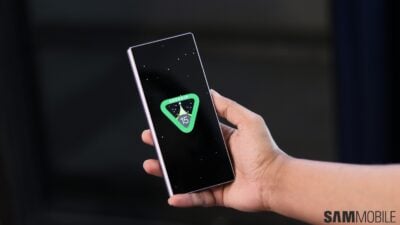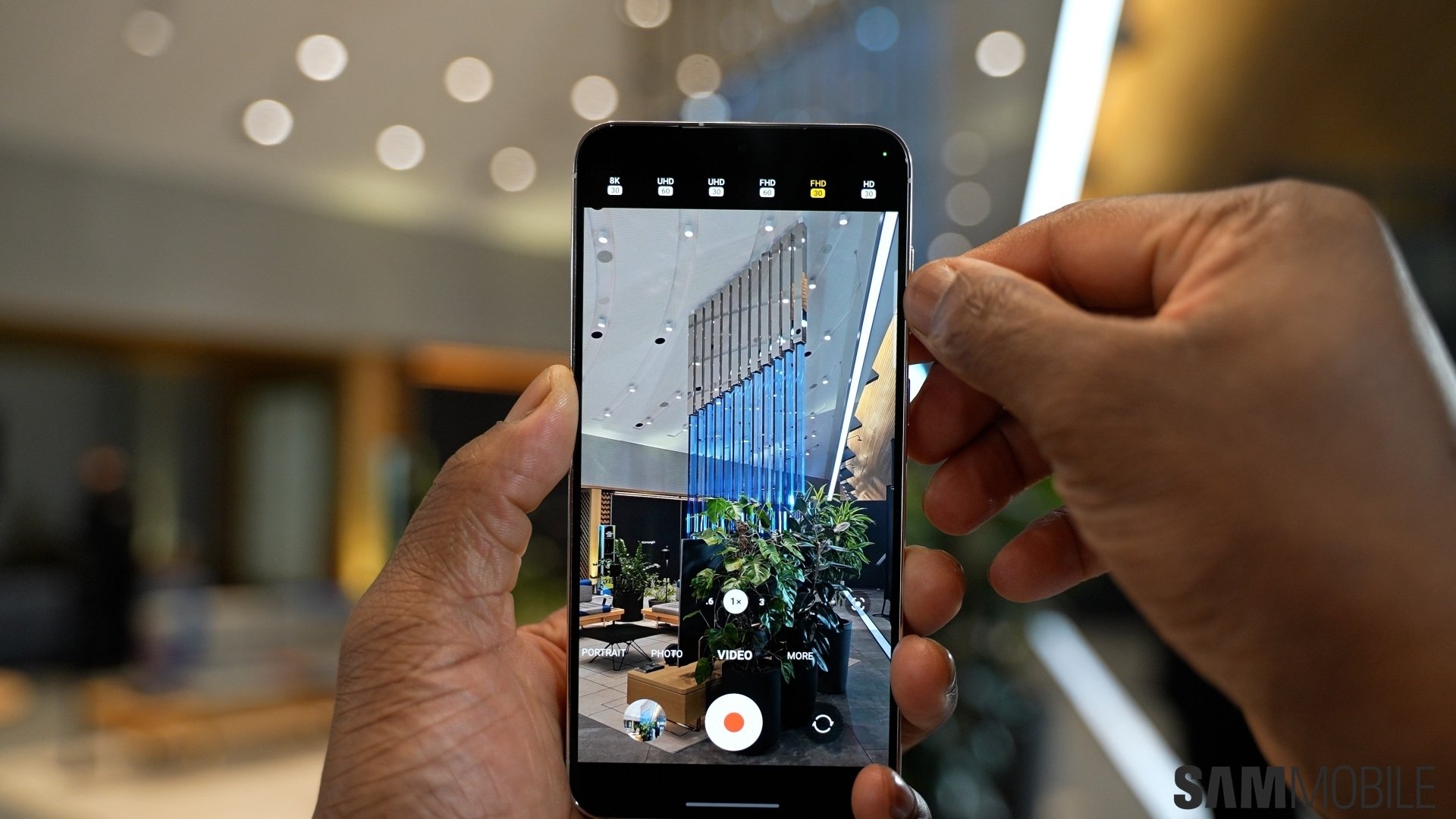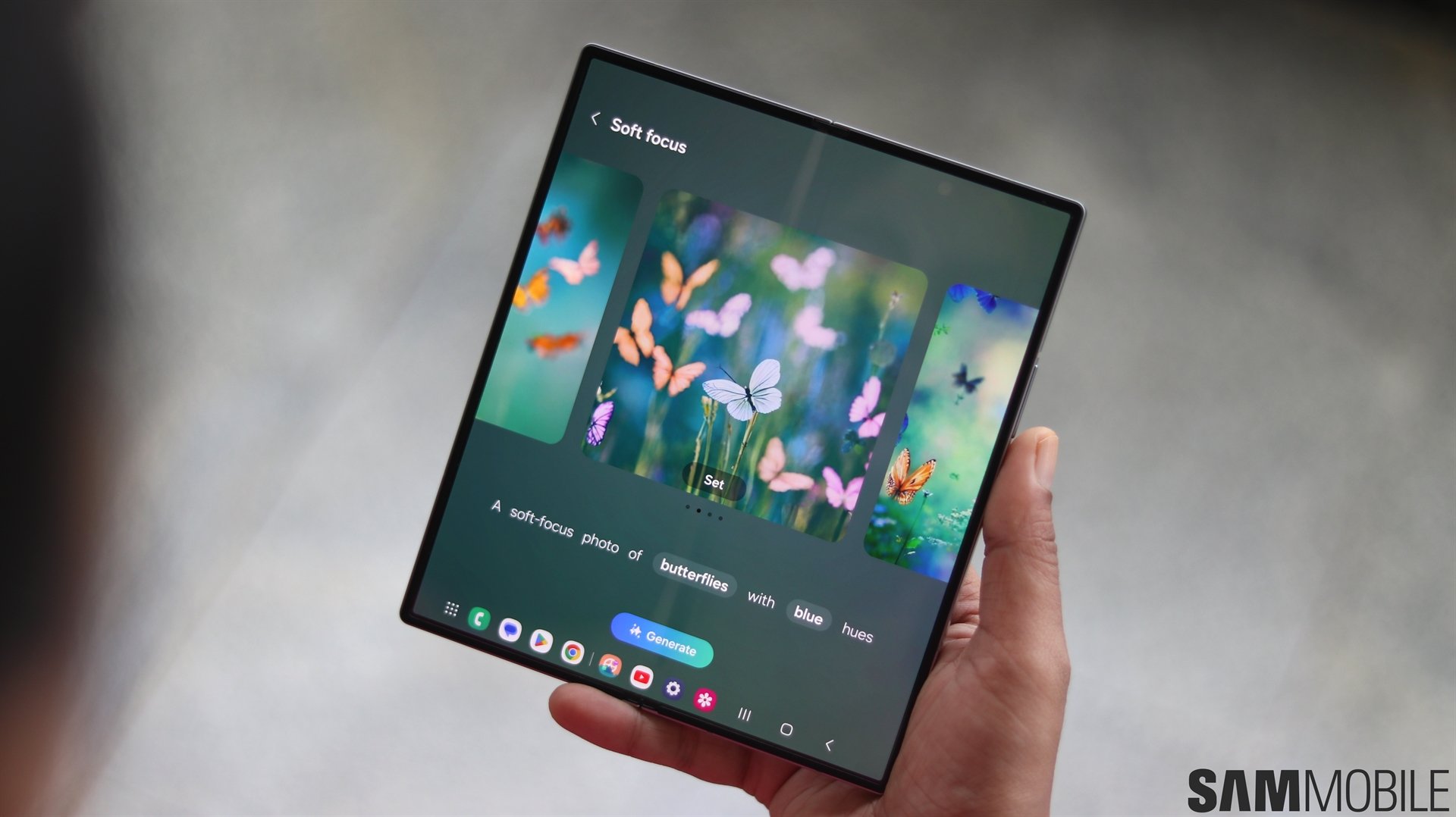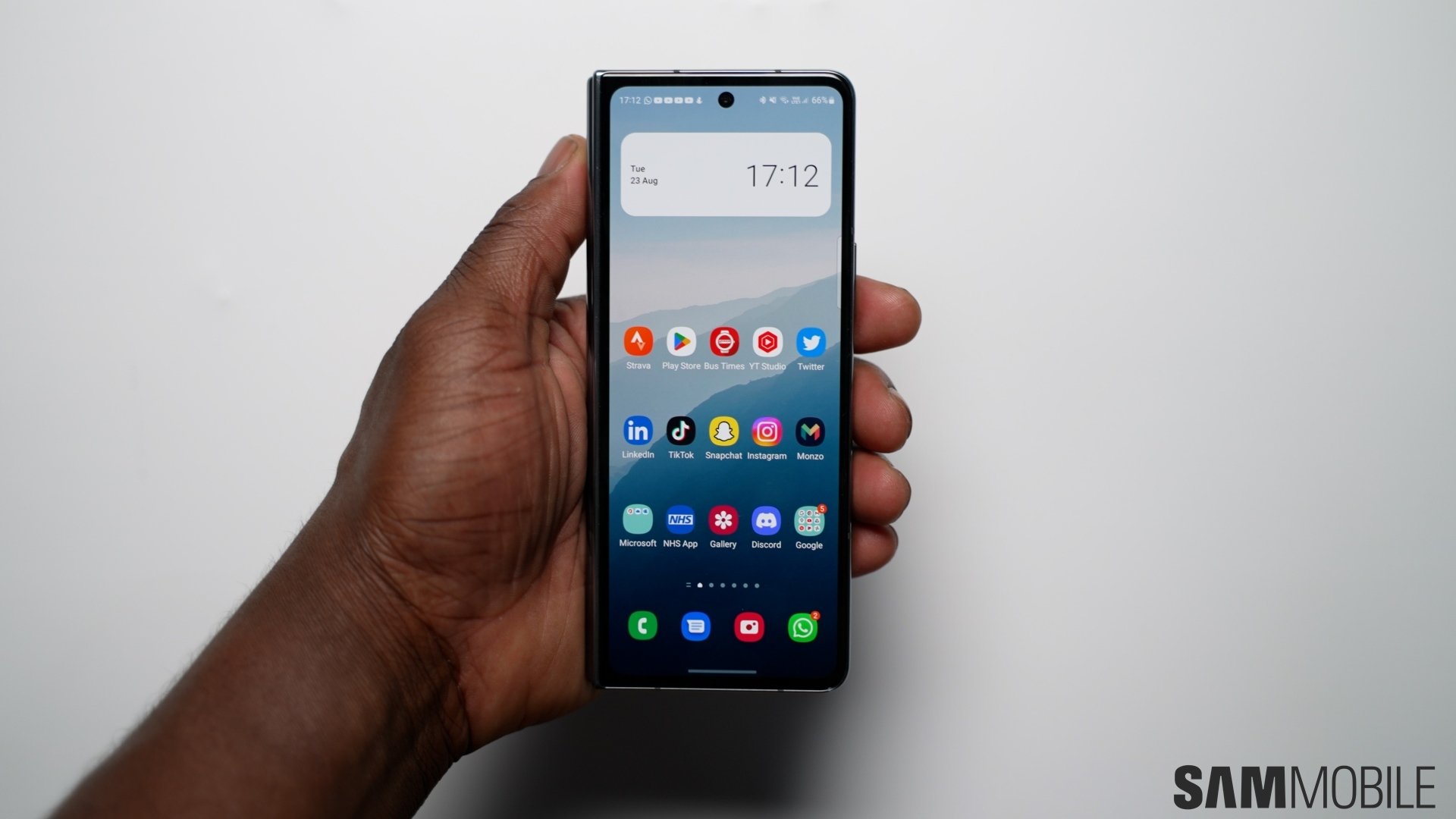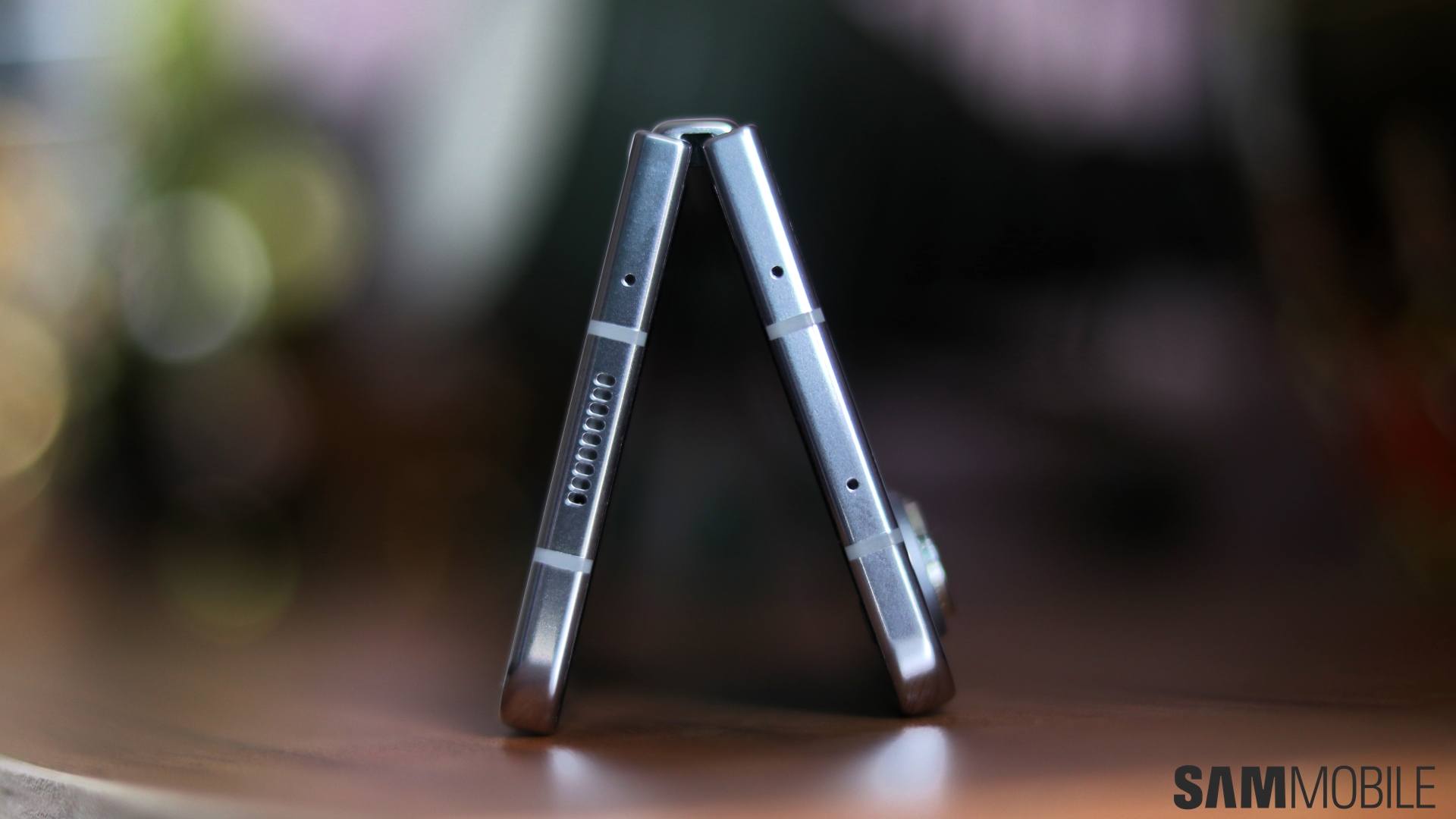
As we shared earlier this week, if Samsung intends to release a foldable tablet in the slightest, we believe this might be the best time to do it. I like the idea of a big-screen device that can fold to become more portable, but the question is, what would such a device look like, exactly? What are the risks involved in developing such a tablet, and would enough people want one?
The foldable Galaxy tablet design hasn't been tested or proven yet, and we can conceive several form factors that could succeed or fail. Of the bunch, we picked three, and today, we're exploring the pros and cons of a possible 8.7-inch foldable tablet.
8.7-inch foldable Galaxy Z tablet: The pros
Samsung's smallest rigid tablet right now is the Galaxy Tab A9. For the purpose of this exercise, we're going to ignore the tablet's low-end hardware specifications and only use it as a size template.
For reference, the Tab A9 is equipped with an 8.7-inch display, measures 211 x 124.7 x 8mm, and weighs around 330 grams. Fold it in half, and it should measure roughly 105 x 124.7 x 16mm. Add a hinge, and it might weigh a little more.
Here are the main reasons why we think an 8.7-inch foldable tablet could work:
- An 8.7-inch tablet offers the most compact design — great for people who travel often and business users who need a slightly bigger screen (with S Pen support) they can take anywhere.
- Large enough to outperform the Z Fold series' inner screen as a tablet. Small enough to be easier and cheaper to manufacture than, say, a foldable laptop.
- A foldable 8.7-inch tablet would offer a purer Android tablet experience — unlike the Galaxy Z Fold series, which delivers more of a large-screen phone experience than a tablet due to it running phone apps that scale up to the size of the foldable screen.
- Higher durability. Plus, in case of a foldable screen failure, the relatively compact 8.7-inch wouldn't cost too much to replace.
- There would be no need for a dual-hinge system for this size. One hinge should be enough. Fewer hinges result in lower costs and fewer potential points of failure.
- The relatively small body and a single hinge design wouldn't make the tablet too heavy and unwieldy. Portability is key and must be one of the greatest selling points of foldable tablets.
- An 8.7-inch display would be small enough that pairing the tablet with a phone-sized thin S Pen rather than a thicker tablet-grade S Pen might not seem out of place. The S Pen could be holstered inside the tablet's body and included in the default experience out-of-the-box.
- It might be the safest way for Samsung to test if the market is ready for and desires a single-screen foldable tablet device.
- It could be a great mobile gaming device. Not too heavy and difficult to use but large enough for a more immersive gaming experience. And highly portable.
- An 8.7-inch foldable Samsung tablet might steal the attention away from Apple and the iPad Mini. Apple is rumored to finally replace the 2021 iPad Mini with a new model this year.
8.7-inch foldable Galaxy Z tablet: The cons
Unfortunately, creating an 8.7-inch foldable Galaxy tablet doesn't seem to be without risks. After long consideration, we believe these might be the biggest risks Samsung would face if it were to create such a device:
- The 8.7-inch tablet size isn't very popular among high-end tablet users, who usually gravitate toward larger screens. By popular vote, 8.7-inch tablets normally belong to the low-cost segment, and releasing an expensive foldable tablet with high-end specs might be like trying to fit a square peg in a round hole. It could fail due to this reason alone.
- A foldable 8.7-inch tablet could be too small to convince prospective buyers that they need one alongside a phone. Instead, they might prefer buying the hybrid Galaxy Z Fold, which combines both.
- Fitting a hinge on such a relatively small slate could potentially result in smaller batteries and battery life losses that would seem unreasonable and unjustifiable for the tablet segment.
Final thoughts. Can or should it be done?
Even though there seem to be more pros than cons to an 8.7-inch foldable Galaxy tablet, this isn't a numbers game. One single pro or con could tip the scales and make or break our theoretical device.
We can't predict how such a foldable tablet would perform, but at the very least, a smaller 8.7-inch device seems like the safest investment for Samsung and prospective buyers.
Then again, the device might be too small for a high-end tablet, and in the end, none of its qualities might matter if too few high-end tablet users want one. Samsung might have to take bigger risks for its first foldable tablet to succeed.
Join us in the coming days as we explore the pros and cons of other foldable Galaxy tablets that could exist, including 10.5 and 14.6-inch models.












